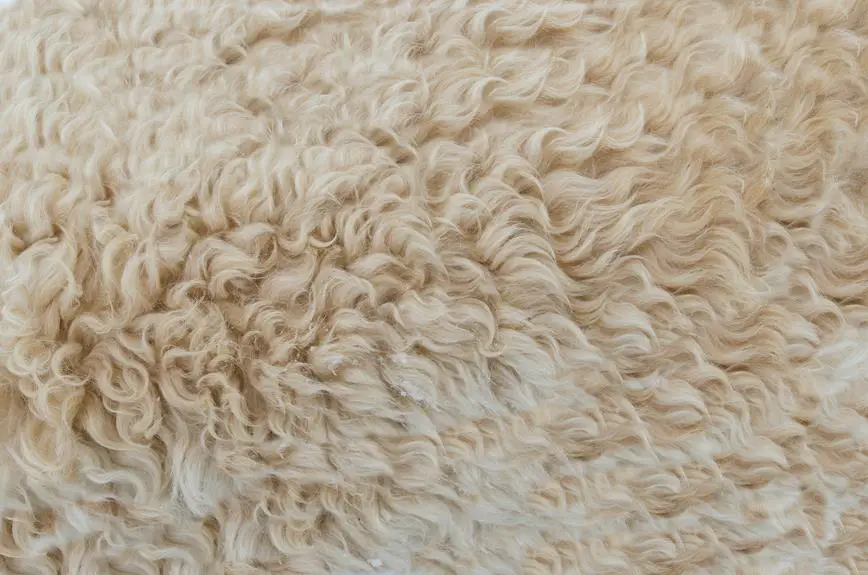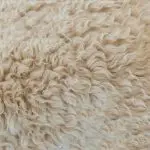Looking for the warmest fabric to snuggle up in? Look no further than this fur comparison guide!
Each type of fur offers unique qualities that can keep you cozy in the chilliest of temperatures. From the luxurious softness of mink fur to the exceptional heat retention of sable fur, you'll discover the perfect option to suit your warmth needs.
Dive into this comprehensive comparison to find out which fur provides the ultimate warmth for your winter adventures.
Key Takeaways
- Mink fur and chinchilla fur offer exceptional insulation properties due to their dense underfur and protective outer guard hairs.
- Rabbit fur and sable fur are lightweight options that provide excellent warmth without adding bulkiness.
- Fox fur is highly durable and suitable for outdoor activities, with the ability to repel water and prevent overheating.
- Sable fur adds luxury and sophistication to garments with its dense and silky texture, while also providing warmth and protection against cold temperatures.
Mink Fur: Insulation and Softness
When considering warmth, mink fur provides exceptional insulation and softness for a luxurious and cozy feel. Mink fur is renowned for its insulation properties, trapping heat close to the body and creating a warm micro-climate. This is due to the dense, fine underfur that acts as a natural insulator, keeping you warm even in the coldest of climates. Additionally, the outer guard hairs of mink fur provide a protective layer against the elements, further enhancing its warmth factor.
Not only does mink fur excel in its insulation properties, but it also boasts a remarkably soft texture that contributes to long-lasting comfort. The individual hair fibers are incredibly fine and smooth, resulting in a velvety softness that feels gentle against the skin. This softness not only adds to the overall comfort but also enhances the feeling of warmth by providing a delicate cocoon of luxury.
Rabbit Fur: Weight and Warmth Comparison
If you're seeking a fur that offers a lightweight alternative while maintaining excellent warmth, rabbit fur is a compelling option to consider. Additionally, rabbit fur provides a distinct balance of insulation and comfort, making it a versatile choice for various winter conditions.
When it comes to rabbit fur, its breathability and versatility make it a standout option for those looking for a practical yet cozy winter garment. Here's why rabbit fur stands out in the warmth and weight comparison:
- Lightweight and insulating properties make rabbit fur an ideal choice for individuals who want to stay warm without feeling weighed down.
- The breathability of rabbit fur allows for comfortable wear in a variety of temperatures, ensuring that you stay cozy without overheating.
- Rabbit fur's versatility makes it suitable for both casual and formal winter wear, providing a stylish yet functional option for various occasions.
- The balance of insulation and comfort in rabbit fur makes it an excellent choice for individuals who prioritize warmth without sacrificing mobility.
Rabbit fur's ability to combine lightweight warmth with breathability and versatility makes it a compelling option for those seeking an optimal winter garment.
Chinchilla Fur: Thermal Properties and Comfort
Chinchilla fur delivers exceptional warmth and comfort, making it a top choice for those seeking luxurious insulation in cold climates. The thermal efficiency of chinchilla fur is unparalleled due to the dense, soft undercoat that provides superior insulation. This fur is incredibly lightweight and has one of the highest warmth-to-weight ratios among furs, ensuring that you stay warm without feeling weighed down. The fine texture of chinchilla fur creates a plush and velvety feel against your skin, offering a level of comfort that's unmatched.
When considering chinchilla fur, it's important to take into account animal welfare considerations. Chinchillas are delicate animals, and their fur is often obtained through ethical and sustainable means. Many reputable furriers prioritize ethical sourcing and ensure that chinchillas are treated humanely throughout the fur production process. By choosing chinchilla fur from responsible sources, you can enjoy its exceptional thermal properties while supporting ethical practices within the fur industry.
Fox Fur: Warmth and Durability Evaluation
Fox fur provides exceptional warmth and durability, making it a popular choice for those seeking reliable insulation and long-lasting wear. When it comes to warmth and durability, fox fur stands out as an excellent option for cold weather and outdoor activities. Here's why:
- Insulation: Fox fur is known for its excellent insulating properties, keeping you warm and cozy even in the harshest of conditions.
- Resistance to Wear: This fur is highly durable, making it ideal for outdoor activities where wear and tear are common.
- Water Repellent: Fox fur naturally repels water, keeping you dry and warm in snowy or wet conditions.
- Breathability: Despite its insulating properties, fox fur remains breathable, preventing overheating during strenuous outdoor activities.
Sable Fur: Heat Retention and Luxury Appeal
When comparing fur options for warmth and luxury, sable fur stands out for its exceptional heat retention and undeniable appeal. Sable fur is renowned for its natural insulation properties, making it one of the warmest materials available.
This luxurious fur not only provides exceptional warmth but also exudes an unparalleled sense of opulence and sophistication, adding a touch of luxury appeal to any garment or accessory it adorns. Sable fur's ability to retain heat efficiently is attributed to its dense, silky fur that forms a protective layer, effectively trapping body heat and shielding against cold temperatures.
The fine texture and lightweight nature of sable fur further enhance its appeal, offering both warmth and comfort without the bulkiness often associated with other warm materials. Beyond its impressive heat retention, sable fur's inherent elegance and allure make it a coveted choice for those seeking both warmth and a touch of luxury in their winter wardrobe.
Frequently Asked Questions
How Do These Fur Fabrics Compare in Terms of Ethical and Sustainability Considerations?
When considering ethical sourcing and sustainable practices, it's important to compare fur fabrics. Look into the origins of the fur, ensuring it's ethically sourced, and examine the sustainability practices of the fur industry.
Can These Fur Fabrics Be Easily Cared for and Cleaned at Home?
You can easily clean and maintain fur fabrics at home with regular brushing and spot cleaning. Use a damp cloth for light stains and seek professional cleaning for heavier soiling. Proper care ensures longevity and warmth.
Are There Any Potential Allergic Reactions or Sensitivities to Consider When Wearing These Fur Fabrics?
When wearing fur fabrics, it's essential to consider potential allergies and sensitivity. Some individuals may experience reactions due to the natural proteins in fur. It's wise to test a small area before wearing.
What Is the Typical Lifespan or Durability of These Fur Fabrics With Proper Care?
With proper care, fur fabrics can have a long lifespan and great durability. Allergies should be considered, but overall, these fabrics can last for many years if maintained well.
How Do the Prices of These Fur Fabrics Compare, and What Factors Contribute to Their Cost?
When comparing the prices of fur fabrics, factors like rarity and quality contribute to the cost. Understanding these elements helps in making an informed decision about warmth and value when choosing the best fur fabric.
- Exploring Herringbone Cotton Twill: A Durable & Versatile Fabric Choice - June 19, 2025
- Why Herringbone Wool Fabric Is a Timeless Choice for Coats and Suits - June 19, 2025
- The Ultimate Guide to Choosing Herringbone Upholstery Fabric - June 19, 2025






